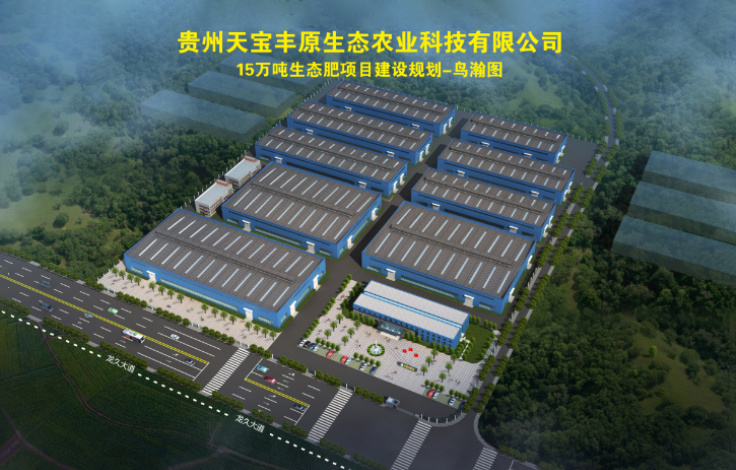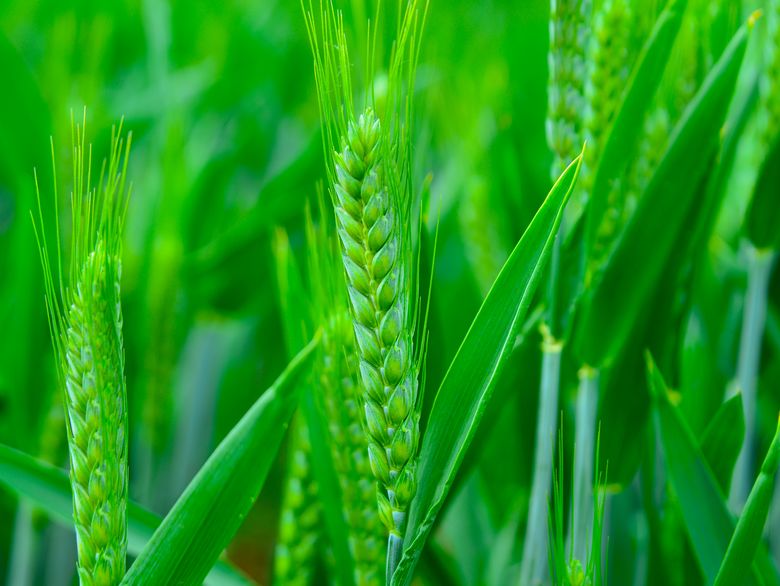Welcome to visit the website of Guizhou Tianbaofeng Original Ecological Agricultural Technology Co., Ltd.!
An integrated shareholding enterprise incorporating "enterprise + base + production + sales"
Facility spring fertilizer management suggestions
所属分类:
Release time:2020-10-23
Source:
Author:
Having worked in agricultural facility technology services for some years, my work is relatively down-to-earth, so I have the following three suggestions for spring fertilizer input management: Strengthen the supervision of fertilizer quality. Currently, many fertilizers, even those from well-known domestic companies, do not meet the required content standards, and the addition of hormones occurs from time to time. This is partly because some manufacturers are indeed unscrupulous, and partly because under the conditions of good experimental and demonstration results, some small distributors substitute inferior fertilizers with the packaging of large manufacturers, resulting in farmers being cheated and harmed, damaging the corporate image, while allowing a few speculators to make illicit profits. Scientific use of organic
Having worked in agricultural facility technology services for several years, my work is quite hands-on, so I have the following three suggestions for spring fertilizer input management.
Increase the supervision of fertilizer quality. Currently, many fertilizers, even those from well-known domestic companies, do not meet the required standards and sometimes contain hormones. This is partly because some manufacturers are unscrupulous, and partly because some small distributors, after seeing good results from experiments and demonstrations, substitute inferior fertilizers into the packaging of large manufacturers, resulting in farmers being cheated and harmed, damaging the reputation of enterprises, while allowing a few speculators to profit from this dishonest practice.
Scientifically use organic fertilizers and functional fertilizers. Currently, there are two types of organic fertilizers on the market: commercial organic fertilizers and farmyard manure. High-quality commercial organic fertilizers have the advantages of increasing soil organic matter content, being rich in amino acids, and improving soil. However, the cost is relatively high in the first year, approximately 3000-4000 yuan per mu. After three consecutive years of use, the amount per mu can be stabilized at 1/4 of the first year, with an input of about 1000 yuan per mu. Although the cost is higher than that of farmyard manure, the yield and quality of crops are also correspondingly improved. Using farmyard manure for vegetable cultivation is also effective, but the premise is that the farmyard manure must be fully decomposed. This is something we repeatedly remind farmers at the grassroots level, and it is also the issue that growers most easily overlook. The harm caused by undecomposed farmyard manure is considerable, directly causing seedling burns or death, and unsanitary environments.
In early spring, if urea is still used as a topdressing fertilizer, the crops will not grow well. Topdressing should mainly use amino acid and humic acid functional fertilizers to nourish and protect roots, enhance root vitality, and lay the foundation for high-yield and high-quality facility crops.
Strictly control the amount of chemical fertilizer. In fact, chemical fertilizers are not terrible; what is terrible is the excessive use leading to soil salinization, hindered nutrient absorption by plant roots, weak plant growth, and susceptibility to diseases. Growers often mistake physiological diseases for infectious diseases, repeatedly applying pesticides without improvement, ultimately severely affecting yield and fruit quality. Due to years of heavy fertilization, many old greenhouse soils are almost not lacking in any mineral nutrients, and crops can achieve relatively high yields without fertilization. However, no farmer will not fertilize, and they would rather over-fertilize than under-fertilize. This is also a matter of awareness of rational fertilizer use. Changing this awareness requires long-term efforts, and agricultural technology promotion departments have a long way to go. (Farmers' Daily)
Related documents
Related information
Service hotline:400-846-8598
Customer manager:0851-84130833
Company email:2973171335@qq.com
Office address: 16th floor, Zhilin Building, Jinyang South Road, Guiyang City
Factory address: Puto Village, Yangmingdong, Xiuwen County, Guiyang City, Guizhou Province
Welcome to leave a message
Copyright © Guizhou Tianbaofeng Ecological Agriculture Technology Co., Ltd. 2025 (tbffl.cn) All Rights Reserved. Website Construction: 300.cn Guiyang  Guizhou Public Security Bureau Network Security Permit No. 52012302007272
Guizhou Public Security Bureau Network Security Permit No. 52012302007272
Guizhou organic fertilizer factory, Guizhou fertilizer factory, compound fertilizer factory, chemical fertilizer factory, main products: Guizhou controlled-release fertilizer, Guizhou stable compound fertilizer, Guizhou biological organic fertilizer, Guizhou long-acting fertilizer, high-yield water-soluble fertilizer, efficiency-enhancing fertilizer
COOKIES
Our website uses cookies and similar technologies to personalize the advertising shown to you and to help you get the best experience on our website. For more information, see our Privacy & Cookie Policy
COOKIES
Our website uses cookies and similar technologies to personalize the advertising shown to you and to help you get the best experience on our website. For more information, see our Privacy & Cookie Policy
These cookies are necessary for basic functions such as payment. Standard cookies cannot be turned off and do not store any of your information.
These cookies collect information, such as how many people are using our site or which pages are popular, to help us improve the customer experience. Turning these cookies off will mean we can't collect information to improve your experience.
These cookies enable the website to provide enhanced functionality and personalization. They may be set by us or by third-party providers whose services we have added to our pages. If you do not allow these cookies, some or all of these services may not function properly.
These cookies help us understand what you are interested in so that we can show you relevant advertising on other websites. Turning these cookies off will mean we are unable to show you any personalized advertising.













